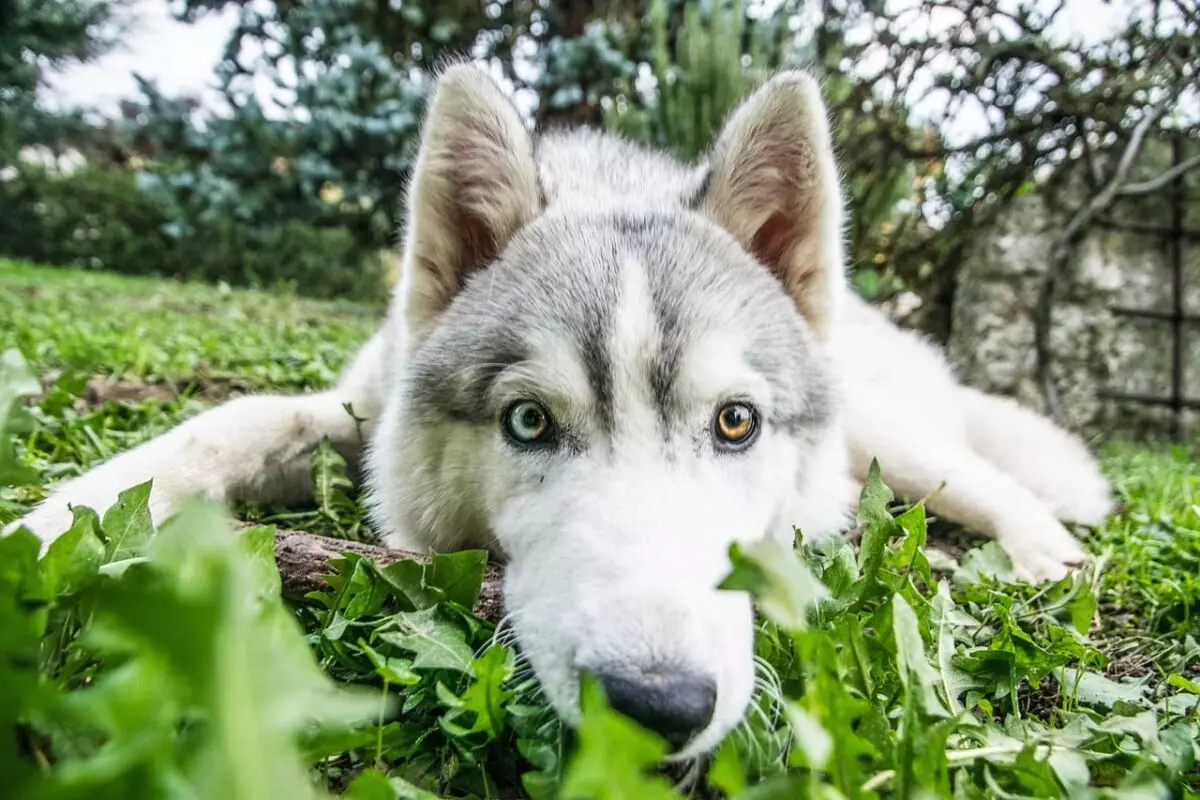Dog ownership is a rewarding yet sometimes perplexing endeavor, especially when it comes to training practices. Many owners find themselves grappling with the challenge of teaching their furry companions to obey commands. Often, certain breeds exhibit particularly obstinate behavior, leading owners to question their intelligence. However, disobedience isn’t necessarily an indication of a lack of smarts; rather, it often reflects the dog’s inherent independent spirit or particular personality traits. This article will delve into some of the breeds infamous for their stubborn streaks, exploring their unique characteristics and offering insights on how to navigate the training process with these feisty companions.
Stubborn dogs tend to have a certain magnetism that makes them both endearing and challenging. Each breed has its own history and instinctual background that shapes its demeanor. For example, the Afghan Hound boasts remarkable beauty but is also notoriously aloof. This breed’s independent nature often makes them less inclined to respond to commands unless it strikes their fancy. Their personality can sometimes bubble to the surface, leaving owners feeling as if they are in a constant negotiation for attention.
Similarly, the Basenji is renowned not just for its vocal silence but also for its strong will. While they have quick minds, their independence can be a roadblock during training sessions. It’s essential for owners to understand that their reluctance to obey commands is rooted in their desire for autonomy rather than an inability to learn. This understanding can shift the perspective of owners, reminding them that training can be more of a dance than a battle.
Other breeds, like the Bulldog, while being immensely lovable, can sometimes exhibit a laid-back attitude that complicates training efforts. Bulldogs generally prefer lounging over learning new tricks, resulting in a unique training dynamic where persistence is vital. Their lovable goofiness might distract them from responding right away, which can be frustrating yet rewarding when they do decide to engage.
The Jack Russell Terrier adds another layer to the equation with its high energy and relentless curiosity. These little dynamos are incredibly intelligent, yet that intelligence often comes with distraction. Owners should be prepared for constant challenges as Jack Russells’ attention can easily drift toward anything that moves, highlighting the need for creative training methods that keep them engaged.
Siberian Huskies, known for their striking beauty and exuberant energy, also epitomize the struggle of training stubborn breeds. These dogs are not necessarily disobedient due to stupidity, but rather demonstrate an insightful independence. Their inclination to prioritize their needs over obedience presents a significant challenge for owners. Understanding the underlying motivations of these dogs is crucial. Training should consistently incorporate engaging methods that capture their attention and respect their need for exploration.
Smaller breeds like Dachshunds and Beagles bring their own bouts of personality that complicate obedience training. Dachshunds, originally bred as hunters, have fiercely independent spirits that sometimes lead them away from commands. Beagles, on the other hand, are notorious for being distracted by scents. Their single-minded focus on following a scent trail can overshadow obedience training. This situation illustrates the importance of patience and creative training strategies that leverage their hunting instincts positively.
Despite their disobedience, breeds like the Shiba Inu and Chow Chow have qualities that can be immensely rewarding. Shiba Inus are often characterized by an inherent desire for control, echoing cat-like behavior. Their independence demands a training approach rooted in mutual respect, rather than assertion. Similarly, Chow Chows exude an air of dignity and self-reliance. Effective training relies on understanding these traits rather than trying to impose authority.
What many of these breeds demonstrate is that obedience training can be transformed from a frustrating challenge into an opportunity for deeper connection. Disobedience, when viewed through the lens of personality, can lead to better understanding and compassion. Owners can adjust their expectations, embracing the strong-willed nature of their breed while still working diligently towards collaboration.
Owning a dog with a stubborn streak can certainly feel like a full-time job. However, a good sense of humor and a welcoming attitude toward each unique personality will create a nurturing training environment. Dogs with independent natures are often brimming with individuality, reminding us that learning happens in various forms.
While there may be a common thread of stubbornness among certain breeds, that doesn’t equate to a lack of intelligence. Instead, the challenges associated with training these companions can serve as an invitation for growth—both for the dog and the owner. Embracing their independent spirits not only enriches the training experience but also deepens the bond as both parties learn to navigate the complexities of their relationship. The journey may be characterized by ups and downs, but the enduring affection shared with a stubborn pup is more than worth the effort.

